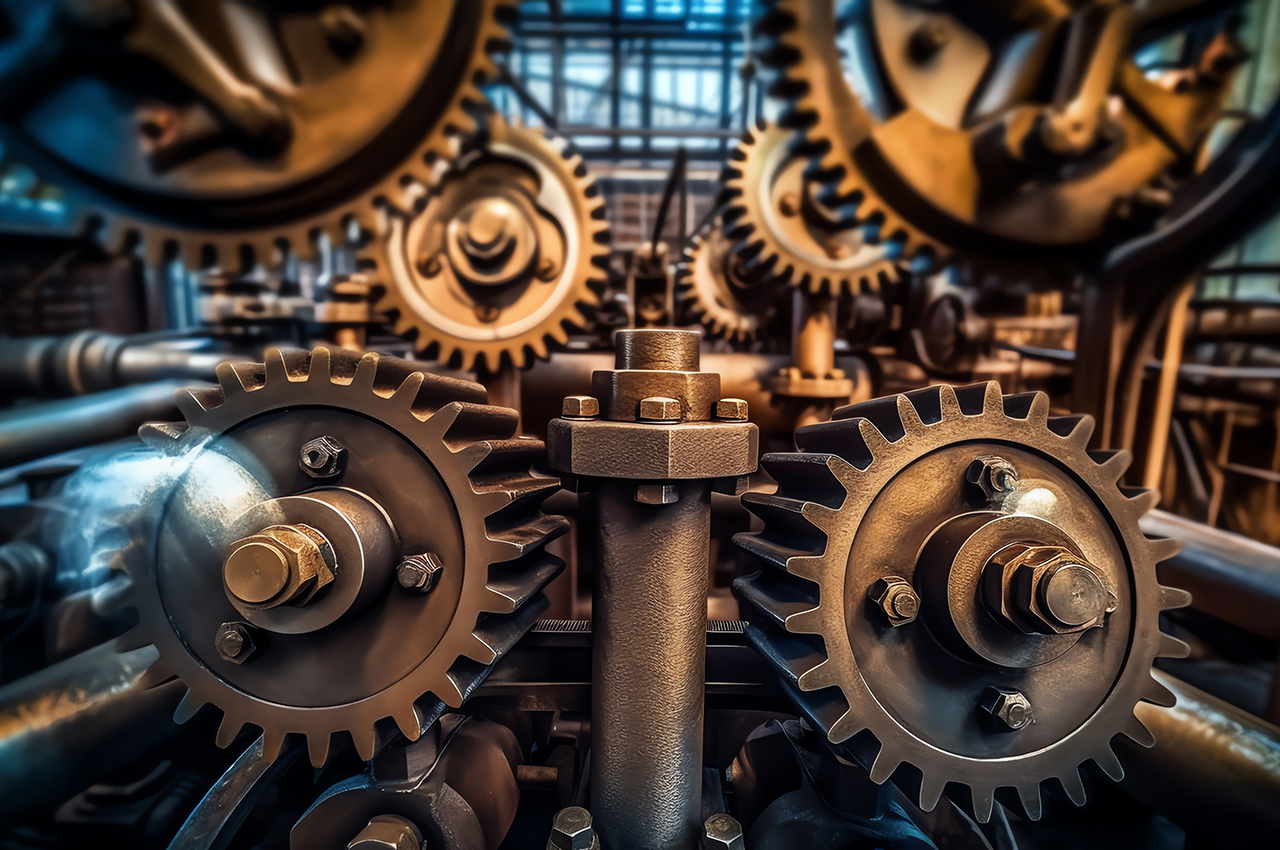
By Sushmita Das
In the dynamic landscape of contemporary manufacturing, achieving excellence is intricately tied to pioneering innovation and operational efficiency. Among the techniques that have emerged, reverse engineering has steadily ascended to the forefront.
This method meticulously revolves around dismantling a product to unveil the intricacies of its design and operational mechanisms
Here, we look at the numerous advantages that this approach offers, including a profound understanding of gear design, expedited prototyping capabilities, insights from competitor analysis, and the sustenance of legacy equipment. Equally, it doesn’t shy away from addressing the inherent drawbacks of this method.
These encompass thorny issues like intellectual property concerns, the potential for incomplete data leading to inaccuracies, cost considerations, and the critical aspect of maintaining precision.
In addition, we look at the strategies employed that can foster the efficacious deployment of reverse engineering including delineating clear objectives, upholding ethical practices, robust data acquisition, fostering collaborative expertise, and judicious technological investment.
The article underscores the pivotal equilibrium between fostering innovation and upholding ethical considerations, a nexus crucial for steering modern gear manufacturing toward a prosperous future.
Design Understanding and Improvement:
Reverse engineering allows manufacturers to gain comprehensive insights into the design and construction of existing gear products.
This understanding paves the way for potential improvements in terms of efficiency, performance, and durability.
By dissecting and analyzing the gear’s geometry and material composition, engineers can identify areas for enhancement that may not have been apparent otherwise.
Rapid Prototyping:
It facilitates the creation of precise and functional prototypes. Engineers can replicate gears with precision by analyzing the existing components.
This is particularly valuable for manufacturers aiming to develop new products that are compatible with existing systems or for those seeking to replace outdated parts in a timely manner.
Competitor Analysis:
In a highly competitive industry, understanding the strategies and technologies employed by competitors is crucial.
Reverse engineering enables manufacturers to dissect rival gear products, decipher their strengths, and identify potential weaknesses. This knowledge can be used to develop innovative features that give a competitive edge.
Legacy Equipment Maintenance:
Many industries rely on machinery and equipment that have been in operation for years. Reverse engineering assists in the maintenance of these legacy systems by recreating obsolete or hard-to-find components. This prolongs the life of equipment and reduces downtime.
Intellectual Property Concerns:
Reverse engineering raises ethical and legal questions regarding intellectual property rights.
Manufacturers who invest substantial resources into research and development may be at risk of having their designs copied by competitors. Striking a balance between innovation and protecting intellectual property is essential.
Incomplete Data:
In some cases, the product being reverse-engineered may not be available in its entirety, leading to incomplete data.
This can result in inaccurate or insufficient conclusions about the gear’s design, functionality, or material properties.
Cost and Time:
Reverse engineering can be a resource-intensive process requiring specialized equipment and skilled engineers. The time and financial investment needed to accurately reverse engineer a gear can sometimes outweigh the benefits, especially for smaller manufacturers with limited resources.
Precision Challenges:
Achieving the same level of precision as the original manufacturer can be challenging. Even minor deviations from the original design can have significant impacts on performance and compatibility of the machines.
Clear Objectives:
Manufacturers must define clear objectives for the reverse engineering process. Whether it’s improving performance, ensuring compatibility, or creating a replacement part, having a well-defined goal guides the entire process.
Ethical Considerations:
Address intellectual property concerns by adhering to ethical practices. If reverse engineering is conducted on a competitor’s product, ensure that its compliant with relevant laws and regulations.
Collaboration or licensing agreements could also be explored to avoid legal conflicts.
Accurate Data Collection:
Collect as much accurate data as possible. This might involve using advanced scanning techniques like 3D laser scanning or CT scanning to capture precise geometries and dimensions.
Collaboration:
Reverse engineering often requires multidisciplinary expertise. Collaborate with engineers, designers, material scientists, and legal experts to ensure a comprehensive and successful outcome.
Invest in Technology:
Investing in cutting-edge technology and software for reverse engineering can streamline the process and improve accuracy. Computer-aided design (CAD) software, simulation tools, and additive manufacturing techniques can be valuable assets.
Reverse engineering has emerged as a double-edged sword in the domain of gear manufacturing.
While it offers unparalleled insights, rapid prototyping capabilities, and competitive advantages, manufacturers must also grapple with potential ethical dilemmas, precision challenges, and resource implications.
As technology continues to evolve, figuring out the right balance between innovation and responsibility will remain a critical aspect of modern gear manufacturing.